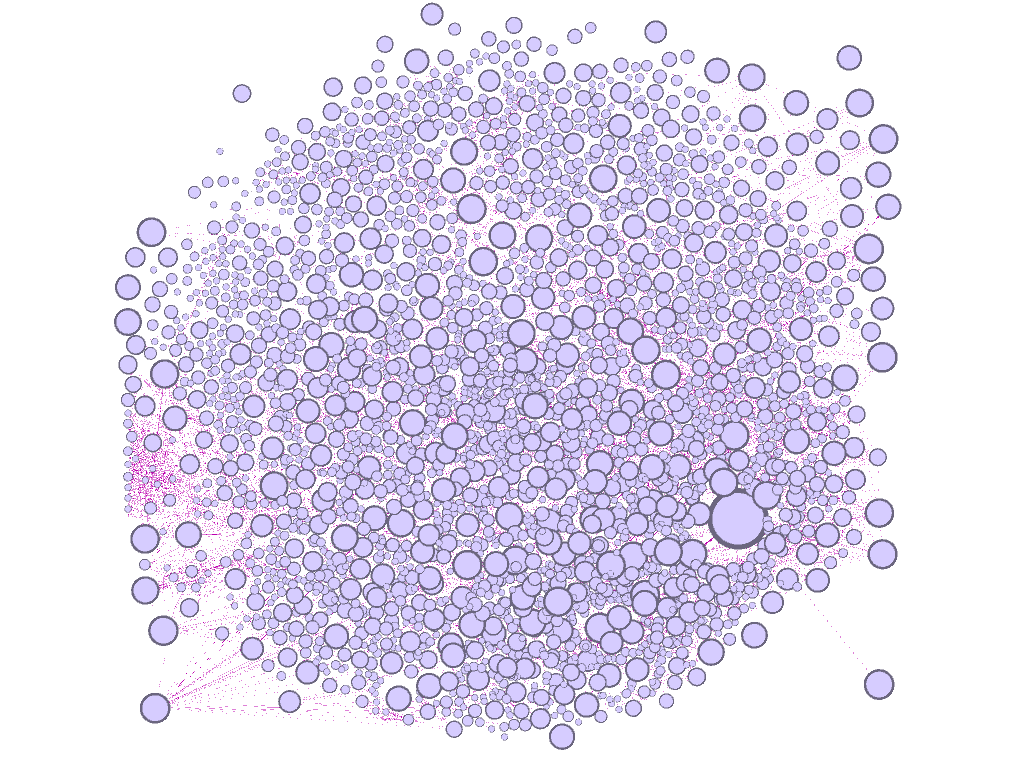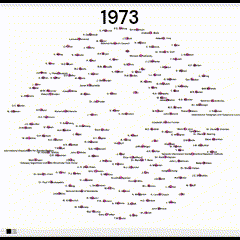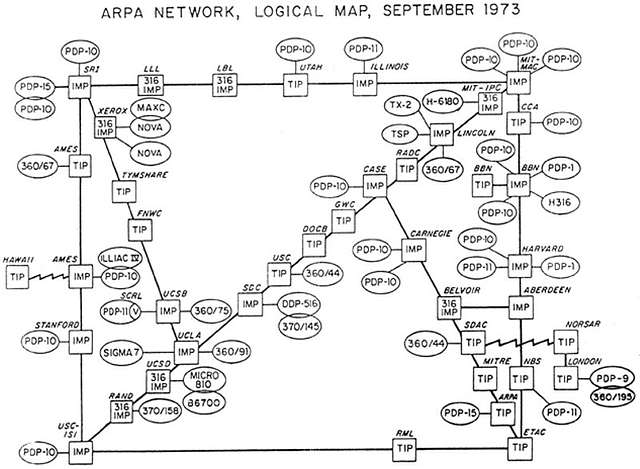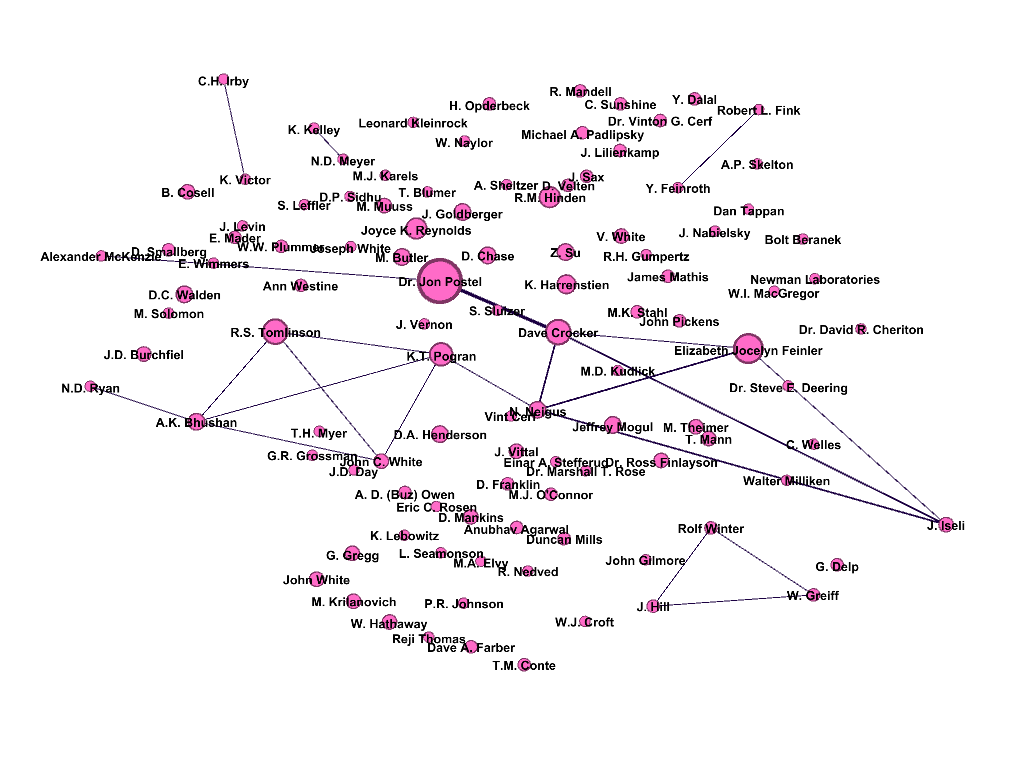Does infrastructure mirror governance?
does the geography of the Internet match the shape of its governing bodies?

The IETF, a significant player in the Internet’s growth and governance, has never been an apolitical organization. From its beginnings, the organization positioned itself as one of engineers on the margins, supporting wide access, technical flexibility, and minimizing corporate interests. The IETF’s standards and protocols have prevailed as the underpinnings of Internet networks, and its open, consensus-based governance structure has been cited as one of the drivers of the success of the Internet. Historian Andrew Russel even remarks that “In the 1970s-1990s, the open and decentralized technical architecture of the Internet embodied the technical and organizational values of its design group.” This claim has echoes of theories like Conway’s Law and socio-technical congruence, both concepts that suggest technical networks mirror the social and organization networks of the engineers that design them.
For a class project, I experimented with examining these claims through quantitative network analysis, exploring whether the physical Internet network is homomorphic with the social-organizational networks of the IETF.
The very basic idea is to map the network of human collaboration in internet standard-setting/governance bodies and overlay it on a map of the physical internet network. Here's a gif of a network map of collaboration in the IETF from 1973 to 1985.

For example, let's take a snapshot of the networks in 1973. Here's a famous map of the ARPA Network in 1973:

Here's a map of IETF standards in 1973. A node is a person who worked on a standard document, an edge is a collaboration, and node size is the number of standard documents (RFCs).

Dr. Jon Postel, the largest node in the 1973 IETF network, was a researcher at UCLA, the node in the bottom left-hand corner of ARPA. A quick visual inspection suggests (1) ARPA nodes with multiple machines and edges (such as UCLA or USC) represent more prolific collaborations in the IETF network; and (2) many RFCs were authored by lone individuals (IETF nodes without edges), a structure that isn’t really coherent in ARPA. The average path length of the IETF network at that time is 2.4 hops
In the end, I needed better data, more computing power, and more network analysis skills to make any conclusions. But the idea is still fun to think about.
A fun presentation on the history of internet governance:
A shitty final paper:
Thanks to the lab at University of Glasgow for their IETF data tools!
